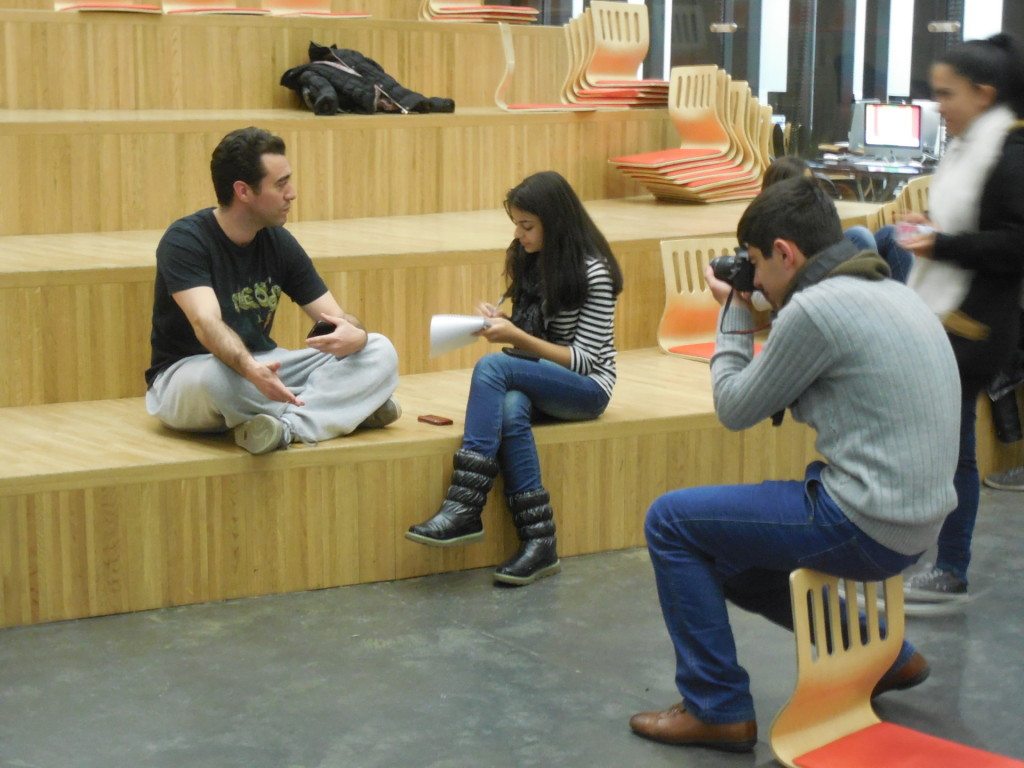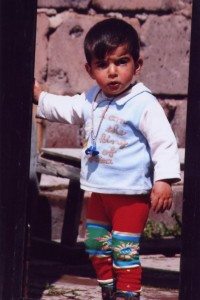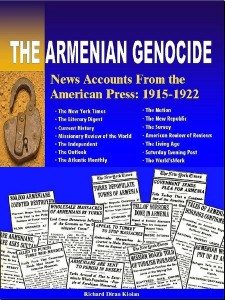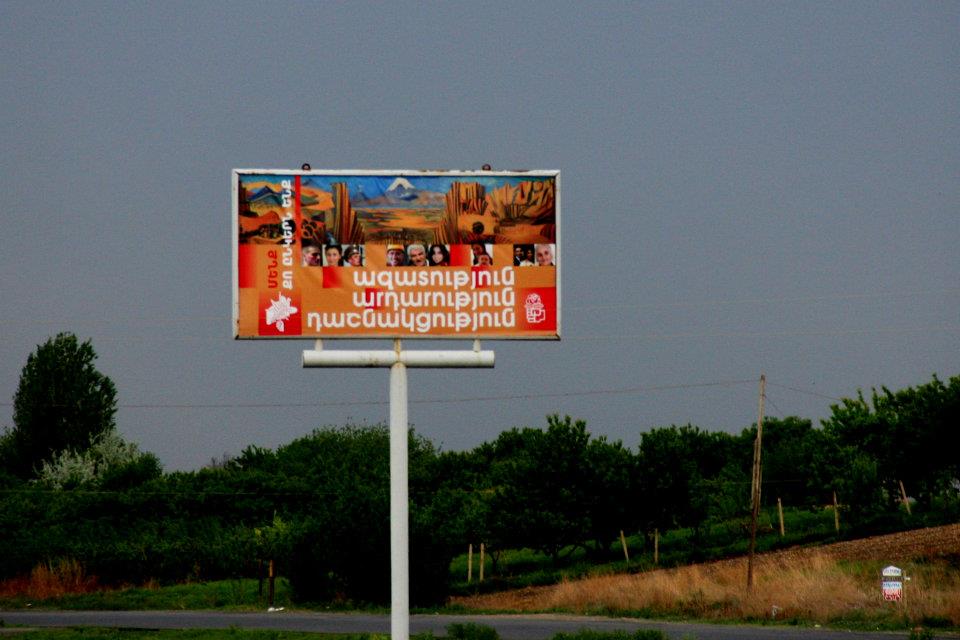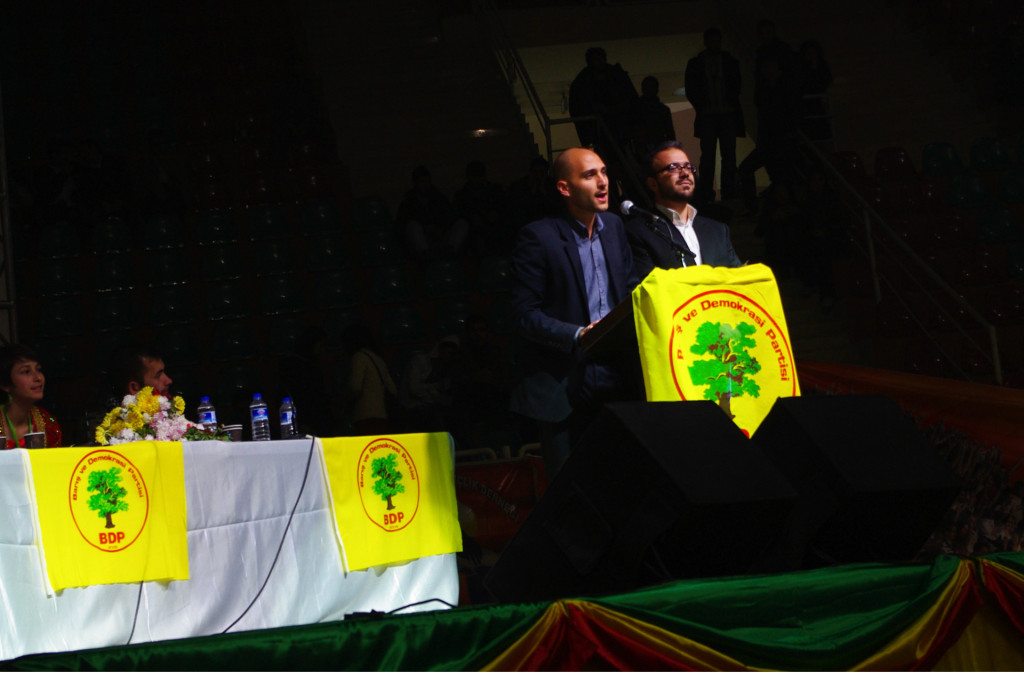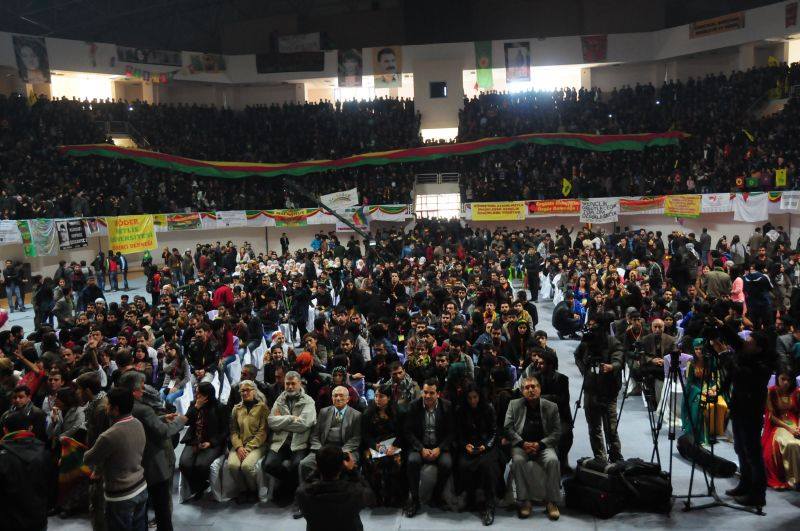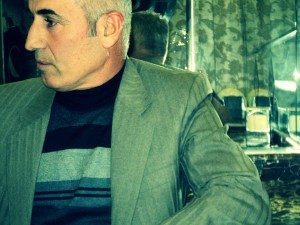Translated by Jennifer Manoukian
The following is a translation of an article by Srpouhi Dussap, published in August 1882.
Srpouhi Dussap (née Vahanian) was the first Armenian woman novelist and the first Armenian writer—male or female—to address the social struggles particular to Armenian women. Born in 1842 in Constantinople, Dussap came of age during a period of cultural reawakening for Armenians in the Ottoman Empire, during which women began to carve out a place for themselves in the public sphere. One of these pioneering women was Dussap’s mother, Nazli Vahan, a staunch advocate for women’s education and the founder of charitable and educational organizations to help Armenian girls.
![Srpouhi Dussap: Women’s Inactivity Տյուսաբ 300x222 Srpouhi Dussap: Women’s Inactivity]()
Srpouhi Dussap
Nazli’s great concern for girls’ education drove her to give her own daughter an excellent education: Srpouhi was educated first at a local French school until the age of 10, and then at home with her older brother, who tutored her in French, Greek, Italian, classical literature, science, and history. In mid-19th-century Constantinople, girls’ schools did not exist beyond the primary level, and it was common for girls from wealthy families to be taught by tutors. It was through her brother that young Srpouhi was introduced to contemporary European writers, namely to Romantic writers like Victor Hugo, Lord Byron, and George Sand, whose works would come to influence her own.
In her youth, Dussap was an ardent Francophile who scorned all things Armenian. But at the age of 22, she became the student of celebrated Armenian Romantic poet Meguerditch Beshigtashlian, who cultivated in her a lasting appreciation for Armenian language and literature. He was the first to recognize her literary talent and the first to encourage her to write.
In 1870, the aspiring writer married a French musician named Paul Dussap. He fully supported her literary pursuits, and together they ran a salon where French and Armenian intellectuals met to discuss literature and the social issues of the day. Dussap was also involved in Armenian community life in Constantinople; in 1879, she became the head of the Philomathic Armenian Women’s Association, which trained Armenian women to teach in Armenian girls’ schools in Anatolia. Her experiences in this organization led her to write a series of articles on women’s rights, specifically on rights to education, employment, and social autonomy. Three novels—Mayda, Siranoush and Araxi—followed these articles and explored in greater depth the revolutionary themes that Srpouhi Dussap’s articles had introduced.
It was through these novels that Dussap left her distinctive mark on Armenian literature and inspired a younger generation of Armenian women to become writers and social activists. But, because Dussap’s novels called for a restructuring of Armenian society in which women would have full equality in all realms, they were considered exceptionally controversial. The Armenian literary elite largely condemned her novels and saw her work as a nefarious attempt to destroy the Armenian family.
After the death of her daughter in 1891, Srpouhi Dussap stopped writing altogether. By the time she died in 1901, she had already been forgotten in mainstream Armenian literary circles, alive only in the minds and works of young women writers like Zabel Yessayan and Zabel Assadour whose ideas she had helped to shape.
* * *
I would like to discuss an issue that may seem insignificant to many, but whose consequences are very serious. That is, the prejudice that causes wealthy women to consider work degrading, leading them to idleness in search of status and dignity and serving as a bad example for the lower classes. Upper-class women have often been infected by this pernicious tendency and have ignored the powerful voices in their hearts. Through their idleness, they have denied their sweet children milk; they have denied their children a proper education; and they have denied their children economic security. They have, at least partly, brought these material and moral misfortunes upon themselves. They are the natural consequences of illegitimate means, not fate, as those who fail to examine and investigate the root causes of these misfortunes want to believe.
Does rising in society really prevent women from being daughters, wives, and mothers? Wouldn’t work elevate, rather than degrade, the position of each woman in these beautiful roles? There are certainly wonderful exceptions of women who bring honor to our nation, but we cannot describe the spirit of our nation based on a minority.
The upper class has become a terrible example for the lower class in many ways. This is particularly true among the women of the middle class in Constantinople, who fall into the depths of despair by scorning work like affluent women. How many families have been caught in the claws of poverty and suffered intolerable hardship and illness, all because of women’s refusal to work?
When the father of the family dies, leaving little money and many children, if his widow gradually spends the money, rather than keeping it at least partially intact and providing a new source of income through her own work, she is creating a sad future for her innocent children. When the last bit of money—the last bit of hope—runs out, she will see her pasty children, their bodies emaciated by hardship and blue from the cold, and hear the sighs in their voices as they beg for bread and warmth, and yet she cannot offer them anything. I am calling on all mothers to ask themselves if the situation of a miserable mother who is forced to see such hopelessness in the children she brought into this world isn’t perhaps more unbearable than death itself? She cannot relieve their hunger with drops of her blood, nor can she warm them with her heart. And yet in her infinite motherly love, she has created this tragic situation by falling victim to prejudice.
Why is poverty considered humiliating and shameful? Aren’t the poor the noble martyrs of life? They know its illusions, its pleasures, and its delights. Are their days not defined by the struggle against hunger, dreams, and desires? Do the joys of others not deepen their hardship? Is life not playing a bitter joke on the pasty-faced children of poor families when they are forced to see the rosy-cheeked, cheerful children of rich families?
To the rich, life promises sunshine, wide-open meadows with exotic flowers, enjoyment and hope, while to the poor, it promises bitter cold nights, hardship, and hopelessness. In life, the poor must walk uphill, while the rich slide down it effortlessly. It is thus an act of heroism whenever a poor mother, forgetting the gravity of her situation, fights undauntedly against life’s obstacles. During this fight, she shows her bravery, perseveres, and ultimately stands victorious, reaping the fruits of her bravery when one day her children repay her maternal sacrifices with their own efforts and love, allowing joy to replace grief, and abundance to replace hardship. This mother is great and noble, and she has more of a right to boast about her struggle through the thorny fields of life, into which she has introduced respectable people, than the narcissistic, ostentatious women sitting in their opulent carriages.
It is not my intention to denigrate the wealthy, because among them there are generous, righteous women who protect the poor and flood them with compassion. They are the kind souls of humanity.
No, Armenian women, poverty is not disgraceful. Armenian girls, your luster will not fade, but rather will shine even brighter, once, with your dainty feet, you bravely walk down the thorny path of life, leaving in those thorns the trace of your heroic footsteps. Imagine the glory you will feel when you devote your youth to brightening the gloomy home of your frail parents with glimmers of hope and filial love; when you ensure the future of your younger brother; or when you create a new, joyous world for tortured souls, where their days can pass peacefully. This is your responsibility; this is the product of your tireless efforts; this is a monument to your young soul.
Girls, this admirable sacrifice of yours makes you even more beautiful than any magnificent dresses could. In it, you will even find solace and reward, because work ennobles the soul to such an extent that the notion of sacrifice disappears in the presence of the lofty feeling of familial love. I ask you, Armenian women, why do you scorn the safe, honorable means that provide a use for both your mind and your hands? You abhor poverty, and yet you do not want to arm yourselves against it. You yearn for a good life, and yet you do not want to do anything to achieve it. Let’s consider European women: They became a source of wealth through their own admirable skills and created a good life for their families, while at the same time contributing to the health and strength of their nations, because what are nations if not larger families of humanity? Oh noble work, Armenien woman only scorn the immense good you do.
Come on sisters, it is time we stop allowing ourselves to be the puppets of these wicked customs. Consider your gains, your hardship, and your sorrow. Mothers, look at the tears of your beloved children and imagine their sad futures. Think, mothers, remember that your example will either help your children or hurt them, that you will offer your nation either a productive, redeeming generation or a useless, destructive one. It is up to you to do good; it is up to you to save yourself and your family and to serve your nation. Yes, the means to save your family are in your hands, and yet you are still wavering. Oh, what an intolerable, lethal prejudice it is that hardens the sensitive hearts of women to such an extent that they can remain indifferent to the heartbreaking, anxious voices of a father, mother, or child.
Work, women. Allow yourselves to crush prejudice under your feet. Ennoble yourselves; do not shy away from work, for it is the calling of humanity. Workers are independent, because they rely on their own means to live, not on benefactors who often make slaves out of people. Every single handout that the poor accepts from others is a symbol of servitude, because they are obliged to suppress their own ideas, tastes, and ambitions and submit to the whims of their benefactors. For this self-serving reason, people learn to love the bondage of slavery, which is born of the refusal to work and is the root cause of numerous evils. This phenomenon, which is considered trivial, opens up the possibility for major disasters to occur.
Prejudice and laws have already put significant burdens on the position of women in society. We also add to these burdens by increasing poverty and the number of benefactors. Poverty pushes people from hardship to hardship and weakens the moral force of the poor by turning them into amorphous beings; benefactors hinder this moral force and offer slaves to society. Rational beings reach their true selves through the use of their moral and intellectual capacities. For example, when a woman works, provides for herself, and does not owe anything to others, she is perfectly free to think freely, work freely, and speak freely without succumbing to self-serving, outside influences. This woman, of course, feels that she is conforming to the purpose of nature, enjoying the freedom she created for herself, and elevating her social position. Only then can she prove to society that a woman is not a morally and intellectually weak creature; only then can she prove that this presumption is wrong, and that it is in fact the sad result of the hindered existence of women, their idleness and incomplete education as well as laws, customs, and prejudices. Today, prominent figures are protesting against this offensive notion on behalf of women. Even nature is protesting by entrusting women with the finest and most noble role of all: the creation of humanity.
Armenian women, do not fall victim to prejudices that will drag you into an abyss. Do not scorn poverty, and do not try to hide it. Glorify your hardship, as the rich glorify their possessions. Doesn’t the brave, wounded soldier who returns from the battlefield display his glorious wounds with pride? The poor are also brave soldiers of life. Once you are not ashamed of your poverty, you will relieve the bitterness of life with work, improve your position in society, and enter the workforce of vast freedoms where the human condition is ennobled and elevated without social distinction.


